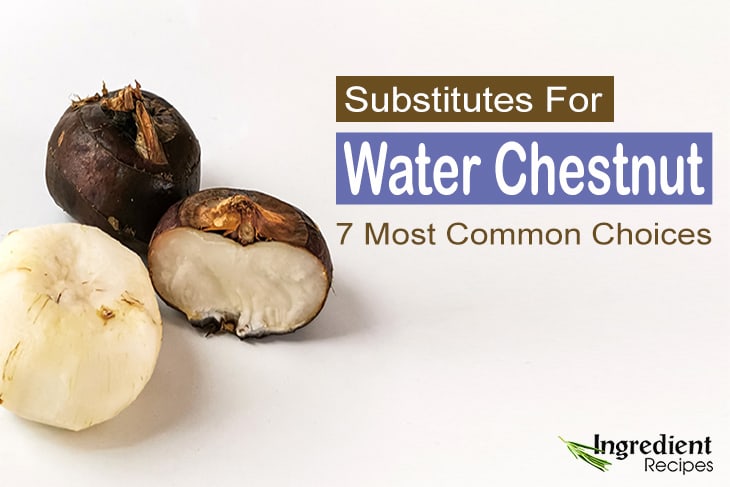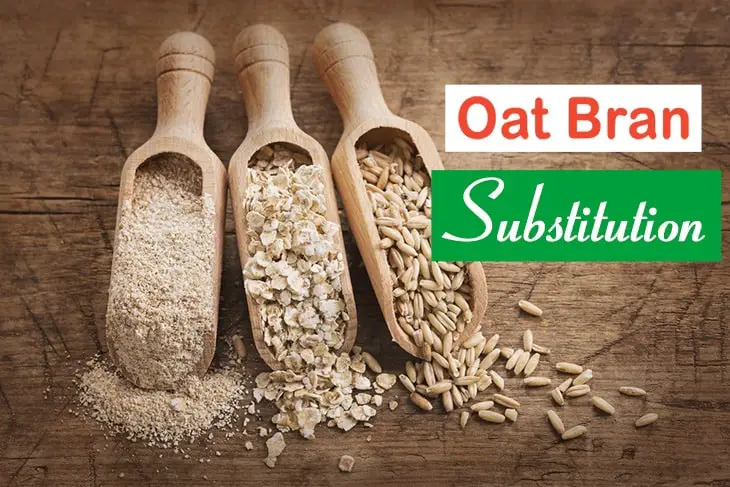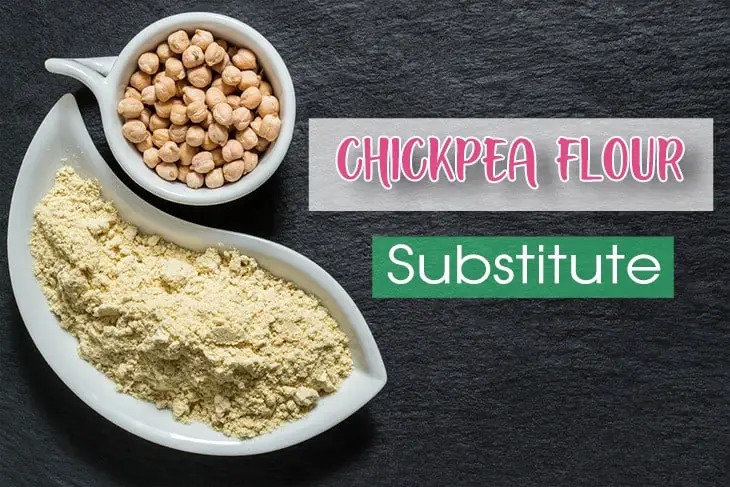
What if you don’t have any tarragon vinegar for immediate use? Which ingredient in your kitchen can you use as a substitute for tarragon vinegar?
Tarragon vinegar is a vinegar flavored with tarragon. This vinegar is a perfect option if you want to add an herb taste and some acidity to the food. In particular, the vinegar mainly appears in French cuisine and acts as a kick-up flavor factor in the salad dressing or sauces.
There are many ways to replace the vinegar by using other simple ingredients that are always on your reach. Below are the alternatives that work well with any recipes.
Ten Excellent Ingredients To Alter Your Tarragon Vinegar With – Highly Recommended!
The following replacements are slightly different in flavor from the original tarragon vinegar. However, we will guide you on how to create the taste that is the most similar to the authentic one.
1. Champagne Vinegar – A Good Replacement Of Tarragon Vinegar
Sparkling champagne turns into champagne vinegar under specific conditions outside Northern France.
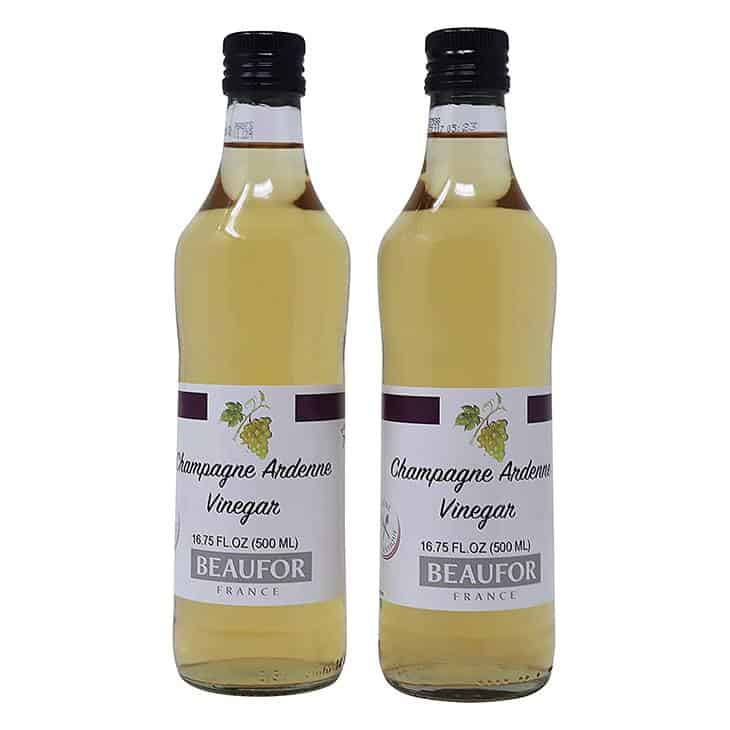
Champagne was first produced with a blend of grapes like Pinot Noir, Pinot Meunier, and Chardonnay. As a result, champagne vinegar is only made from the grapes mentioned earlier (mainly from Pinot Gris and Pinot Meunier grapes).
Using the same process of making wine, the grapes in this type of vinegar are fermented and left from about three weeks to seven months to create the acetic acid. It has a typical flavor of champagne, but a little sour.
Compared to other kinds of vinegar, champagne vinegar is lighter and has a milder smell. Consequently, this is a great substitute for tarragon vinegar.
With some flavorful, light, and acid features, you can use it to make a glaze for any roasted meats or veggies and other sauces like tomato sauce, Hollandaise, Bernaise, and many more. A tablespoon of champagne vinegar is equal to a tablespoon of tarragon vinegar.
The fruit used to produce champagne vinegar contains antioxidants that can help counter cell damage, boost the immune system, and make blood platelets more stable. Besides, the acid in it contains strains of probiotics that may help improve digestion and promote good gut health.
2. White Wine Vinegar

This vinegar is the white wine that has gone through fermentation by aerobic bacteria of the genus Acetobacter. It gives the acidity with a lightly fruity flavor coming from grapes. White wine vinegar is a great tarragon vinegar alternative due to the mild flavor to specialize the dish.
However, it lacks herbal flavor, so you should add other favorite herbs in the food. To fulfill the taste of origin tarragon vinegar you may consider using dill, basil, fresh tarragon, chervil, and lemon balm.
Dry white wine vinegar has a lower sugar rate if you want to lessen the sweetness. You can use one part of white wine vinegar instead of tarragon vinegar in salad dressings, marinades, sauces, etc. Besides, this vinegar matches finely with pasta dishes and risotto.
It is affordable, non-allergenic, and non-coloring, so the vinegar is versatile in cooking and even outside the kitchen for cleaning.
White wine vinegar is useful for treating physical diseases, including nail fungus, warts, and ear infections due to the antimicrobial. Furthermore, using white wine vinegar helps control the weight and blood sugar in humans.
3. Rice Vinegar
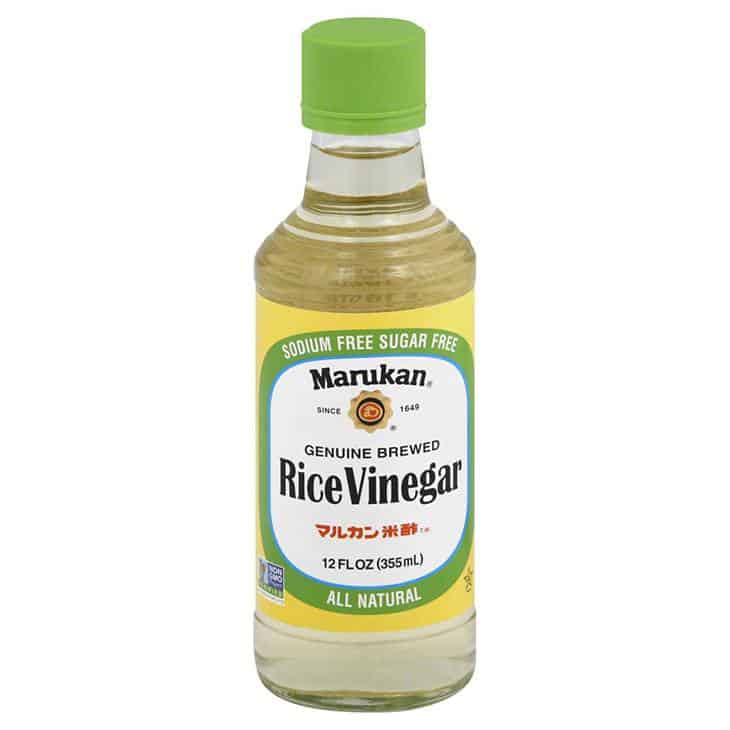
Rice vinegar is a common spice in Asia, a region with huge paddy fields and products made of rice. It’s a beautiful mixture of sweet and sour flavors.
This vinegar is ideal for making dips, salad dressings, pickles, soups, and seasoning vegetables or meat dishes. If you are in love with sushi, you may be mesmerized by the dipping sauce made of rice vinegar, as many professional sushi chefs recommend using it.
Adding herbs to the vinegar makes the dish more refreshing and more delicious as it creates a touch on your food.
Rice vinegar can improve your health positively. Many people with diabetes find that using a small amount of vinegar before or after a carbohydrate-heavy meal helps to minimize insulin spikes. And remember that a tablespoon of tarragon vinegar equals two tablespoons of rice vinegar.
Moreover, eating acetic acid in the form of vinegar on a regular basis can help lower cholesterol levels. Initial tests suggest that consuming small amounts of vinegar regularly can lower cholesterol and triglyceride levels. Heart disease, liver disease, and coronary events will all be reduced by doing so.
4. Tarragon Leaves
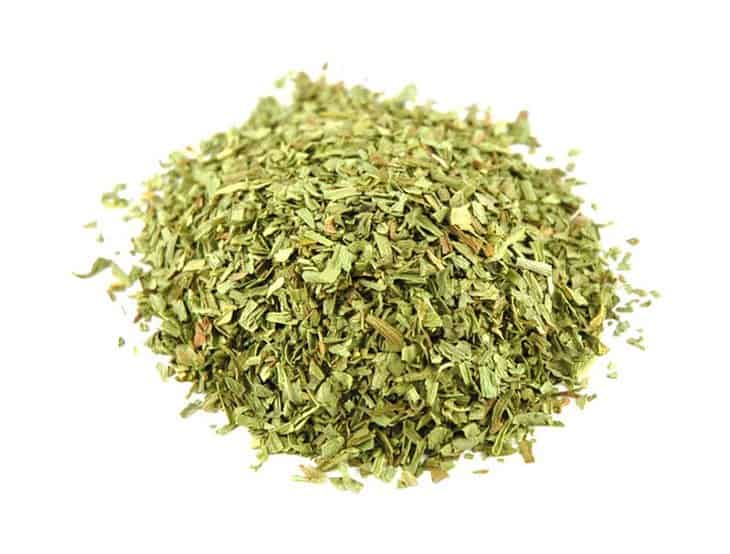
If you don’t have tarragon vinegar, you can use tarragon leaves as the best substitute for tarragon vinegar. It creates a more authentic flavor of tarragon than that of any other substitutes. And dried leaves are more common since it is easy to preserve.
People either love or dislike tarragon, depending on whether they prefer the taste of licorice. However, the taste of this herb is unique, bringing more to the palate than just anise. It has a bittersweet flavor with hints of vanilla, mint, pepper, and eucalyptus, which sets it apart from other licorice-flavored foods such as fennel.
You can use both dried and fresh leaves to replace tarragon vinegar. Notice that dried herbs have a more powerful flavor than fresh herbs because the intense flavor is concentrated in a smaller package. You can also mix a few dried tarragon leaves with plain vinegar to create the tarragon vinegar taste.
Using freshly cut tarragon leaves instead of dried tarragon if you don’t have any on hand. It has the same taste as the dried ones.
Fresh tarragon can be kept at room temperature or kept in the fridge. You can freeze fresh tarragon for up to five months. And with dried one, if stored in an airtight container in a cool, dark location, it will last for a year.
5. Balsamic Vinegar
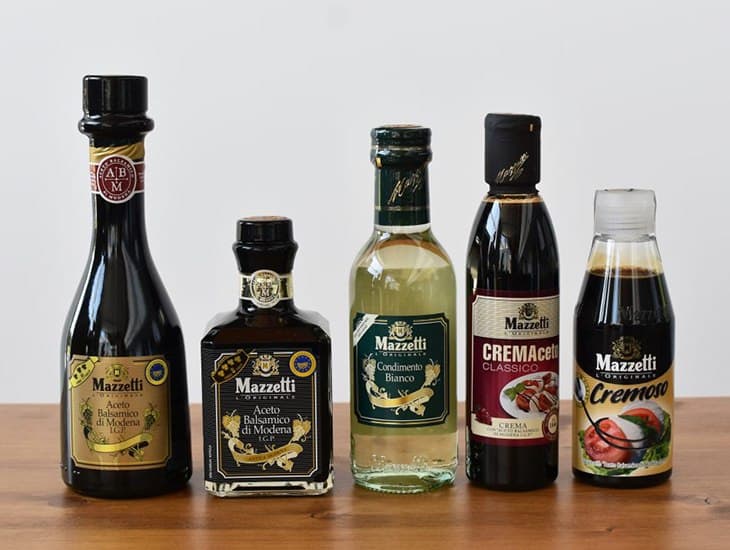
This type of vinegar, also known as Aceto balsamico, originated from Italy. Unlike other vinegar, balsamic is different in smoothness, which is quite concentrated and pretty thick. It has a velvety feel and moves like honey on the tongue.
The flavor is also quite strong, touched with fruity flavor. Compared to other kinds of vinegar, Balsamic is not very acidic, but smoky and tastes sweet. Traditional balsamic vinegar should have a faint smokiness and pick up the flavors of the wood. Instead of a sharp acidity, it has a mellow tartness.
You can use balsamic vinegar in salad dressings or even marinades. It matches perfectly with any kind of protein and even grilled vegetables.
When using balsamic vinegar, just add a little since the vinegar itself has a powerful flavor. A part of balsamic vinegar equal to a part of tarragon vinegar.
As the tarragon one, using balsamic vinegar can reduce hypertension, promote healthy digestion, treat wounds, enhance blood circulation, and improve skin health.
6. Malt Vinegar

Malt vinegar is a product that originated from Britain. It is made out of germinated dried barley grains.
To make Malt Vinegar, the grain is soaked in water to soften its texture. This allows the barley to ferment but not sprout, allowing active enzymes to be released. The enzymes break down the starch and convert it to sugar, resulting in maltose. Following this, the Malt Vinegar is aged in oak barrels for several months, producing a deep flavor that complements a wide range of foods.
This vinegar is simply the beer later turned into a sour liquid through the fermentation process to change its color to light brown. Whenever the color changes to light brown, it is ready to use as vinegar.
When compared to tarragon vinegar, malt vinegar is softer and much sweeter. The scent, in comparison to other kinds of vinegar, is more intense as well.
This vinegar is a great pair with any kind of meat and grilled vegetables. You can even use it as the salad dressing due to its acidity. Tarragon vinegar can be replaced with aged malt vinegar with a 1:2 ratio.
It is also beneficial to health like other types of vinegar above.
7. Fruit Vinegar
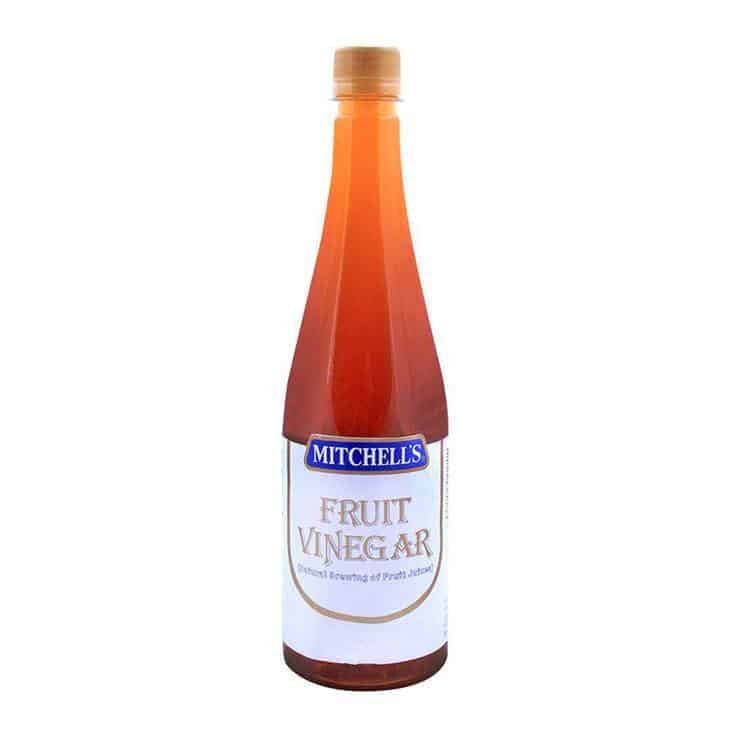
Fruit vinegar has proved its crucial role in recipes around the world. It is a mixture of flavor, from sourness, a little sweetness, and a light fruity note used to make it.
To make your homemade version, pour some vinegar ferment into alcohol and let it ferment to create acetic acid. At the beginning of fermentation, add some pieces of fruit.
You can use any fruit with acidity to make fruit vinegar, such as plum, blueberry, pear, raspberry, and tomato. It’s ideal for making the simple salad dressing and marinades for poultry. A tablespoon of tarragon vinegar can be replaced with one or two tablespoons.
Moreover, fruit vinegar also brings many health benefits besides its decent flavor. It decreases the risk of high cholesterol, lessens infections, and supports high blood sugar and cancer. If you are on a diet, using it can also help you lose weight. When combined with fruit, it absorbs all of the minerals and vitamins from the food.
Fruit vinegar contains potassium, calcium, and phosphorus. Magnesium, an integral part of your body’s signaling mechanism, is also abundant in fruit vinegar. Magnesium supplementation has been shown in studies to reduce the risk of cataracts, metabolic syndrome, migraines, and diabetes.
8. Apple Cider Vinegar

Apple cider vinegar is mainly apple juice, but the sugar in the juice is converted to alcohol when we add yeast. Fermentation is the term for this procedure. The bacteria will later convert the alcohol to acetic acid. This is what gives vinegar its acidic flavor and smoky odor.
Apple cider is a versatile liquid that you can use in a variety of ways. It can be used to make honey garlic chicken, chickpea waldorf salad. You can even make drinks like ginger switchel with 2 teaspoon of vinegar. Since apple cider is potent, you can substitute a teaspoon of cider one for a tablespoon of tarragon vinegar.
Apple cider vinegar is a rich source of various vitamins and minerals, as well as dietary fiber. It has acetic acid and nutrients, including B vitamins and vitamin C. It’s well-known for assisting weight loss and also reducing the chance of high cholesterol due to its low-calorie rate.
Plus, it contains sophisticated carbohydrates proven to decrease postprandial glycemia, a substance that later leads to diabetes. People have used apple cider vinegar mainly to improve heart health and even treat dandruff in recent years.
9. Lemon Juice

Lemon juice is also one of the options you can choose to alter tarragon vinegar. This ingredient is easy to find since it exists in almost any fridges.
For chicken or fish recipes, lemon juice works well as a tarragon replacement. It has a tangier flavor than tarragon, similar to apple cider vinegar. They do, however, have the same acidity, which can create a kick for your meal.
To make lemon juice resemble tarragon vinegar, it is advisable to add some herbs that you like in the juice. This combines the acidity and the herbal fragrant.
And to supplement one part of tarragon vinegar, use half a part of lemon juice.
Lemon is a plentiful source of vitamin C. It also helps us prevent kidney stones and decrease the risk of cancer. Adding lemon juice to your meal is an excellent option to stay healthy.
10. Sherry Vinegar
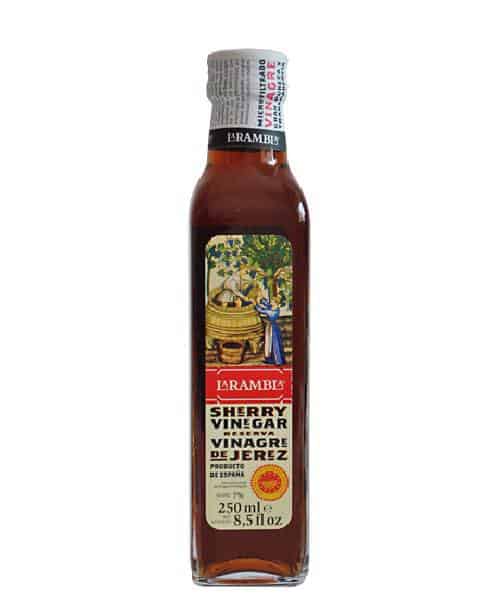
This vinegar is made from Sherry wine, which is produced in southern Spain.
It is the lightest among all kinds of vinegar, even milder than white wine vinegar. This makes it a great match for fish and chicken, but it can also be used for red meat. Sherry is aged much longer than white wine, creating its distinctive darker color.
This tarragon replacement has the advantage of being more nuanced than white wine or champagne vinegar. Its flavor has been defined as nutty or even caramel-like by some. It’s not the same as tarragon, but it’s a good substitute if you want anything different in your dish.
Since vinegar’s acidic nature helps break down protein fibers, it’s an excellent marinade for tender meat. A layer of Sherry vinegar glazing outside sweet potatoes, asparagus, and globe artichokes will awake the aroma of foods. Alternatively, after cooking beef, deglaze a frying pan with the juices to make a delicious, syrupy sauce.
In most cases, one tablespoon of this would suffice instead of one tablespoon of tarragon vinegar.
Consuming a small amount of sherry vinegar daily can enhance positive effects on health. It increases the “good” cholesterol and decreases the blood sugar level in our body. In the past, people usually used it to improve indigestion and support liver function.
Frequently Asked Questions
What does tarragon vinegar taste like?
It is a delicate flavor mix of sweet and sour taste. Its taste is similar to licorice or fennel due to methyl chavicol, a substance found in licorice-like plants.
How long is tarragon vinegar good for?
Generally, at room temperature, this vinegar is at the best quality for about 3 years. Provided that you keep it in a tight glass bottle and store it properly.
Conclusion
All of the above options are a perfect substitute for tarragon vinegar. However, you will achieve an almost identical flavor to tarragon vinegar if you add tarragon leaves to the alternative ones. Remember that dried tarragon leaves taste much stronger than fresh tarragon.
Still, any vinegar you have, such as sherry, rice, white wine, or apple cider can be used as a substitute for tarragon vinegar after applying small adjustments. These alternatives have enough acidity to be great replacements for tarragon one. The rest is up to you to decide on your favorite flavors and recipes.
We hope you find this article useful and interesting. Thank you for reading!

